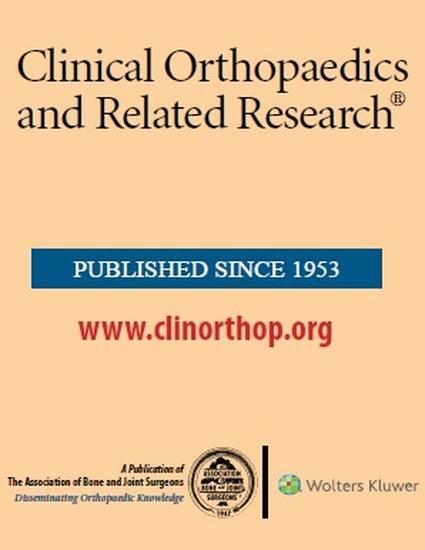
Article
Healing Complications are Common After Locked Plating for Distal Femur Fractures
Clinical Orthopaedics and Related Research
(2011)
Abstract
Background Several mechanical studies suggest locking plate constructs may inhibit callus necessary for healing of distal femur fractures. However, the rate of nonunion and factors associated with nonunion are not well established.
Questions/purposes We (1) determined the healing rate of distal femur fractures treated with locking plates, (2) assessed the effect of patient injury and treatment variables on fracture healing, and (3) compared callus formation in fractures that healed with those that did not heal.
Patients and Methods We retrospectively reviewed 82 patients treated with 86 distal femur fractures using lateral locking plates. We reviewed all charts and radiographs to determine patient and treatment variables and then determined the effects of these variables on healing. We quantitatively measured callus at 6, 12, and 24 weeks. The minimum time for telephone interviews and SF-36v2<sup>TM</sup> scores was 1 year (mean, 4.2 years; range, 1–7.2 years).
Results Fourteen fractures (20%) failed to unite. Demographics and comorbidities were similar in patients who achieved healing compared with those who had nonunions. There were more empty holes in the plate adjacent to fractures that healed; comminuted fractures failed to heal more frequently than less comminuted fractures. Less callus formed in fractures with nonunions and in patients treated with stainless steel plates compared with titanium plates. Complications occurred in 28 of 70 fractures (40%), 19 of which had additional surgery.
Conclusions We found a high rate of nonunion in distal femur fractures treated with locking plates. Nonunion presented late without hardware failure and with limited callus formation suggesting callus inhibition rather than hardware failure is the primary problem. Mechanical factors may play a role in the high rate of nonunion.
Level of Evidence Level III, therapeutic study. See Guidelines for Authors for a complete description of levels of evidence.
Publication Date
June, 2011
DOI
https://doi.org/10.1007/s11999-011-1870-6
Citation Information
Christopher Henderson, Trevor J. Lujan, Lori L. Kuhl, Michael Bottlang, et al.. "Healing Complications are Common After Locked Plating for Distal Femur Fractures" Clinical Orthopaedics and Related Research Vol. 469 Iss. 6 (2011) p. 1757 - 1765 Available at: http://works.bepress.com/trevor_lujan/38/
